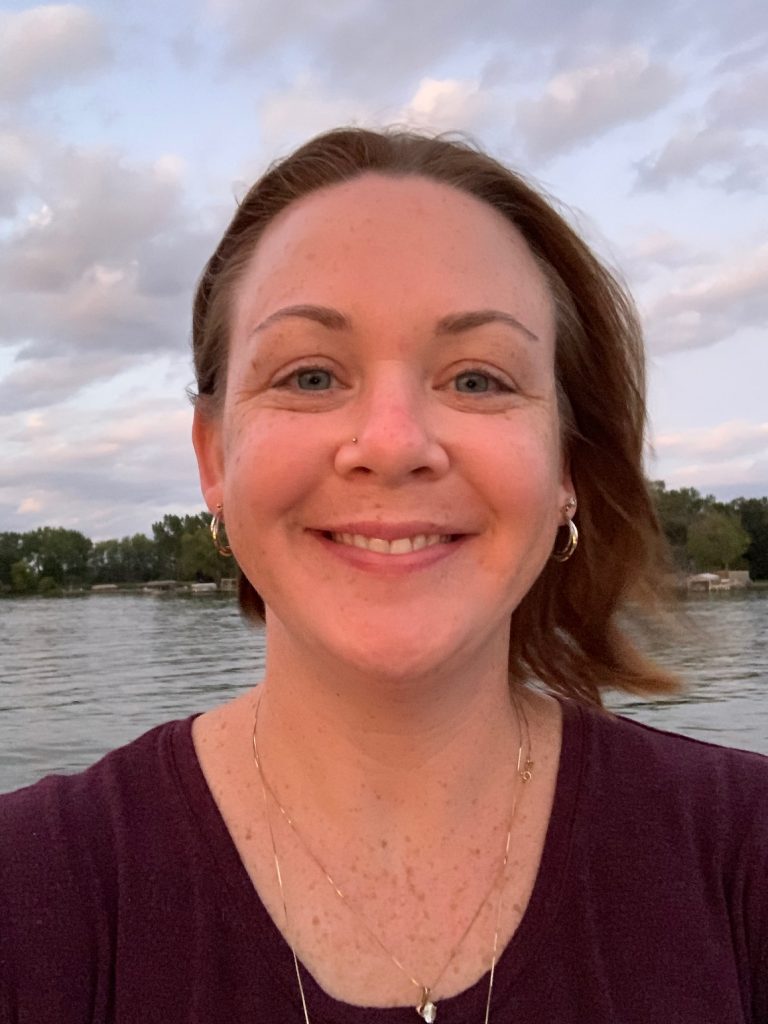
Bridget currently teaches k-5 at Creekside and Meadowview Elementary Schools in Sun Prairie, WI. She has been teaching for twenty years, but five years ago, she took a radical departure from the teacher-directed, project based curriculum she had been using and embraced the Teaching for Artistic Behavior (TAB) pedagogical model. She attended workshops, researched, connected with like-minded art educators to learn more, and slowly began to implement, revise and refine this approach to art education with her own students. Now, she regularly provides TAB workshops at the Wisconsin Art Education Association conferences and for colleagues in and outside of her school district. Take your time learning more about Bridget’s teaching practice and the unique attributes of the TAB model on this site. If you have questions for Bridget, she welcomes your correspondence bhkudrl@sunprairieschools.org
This is an accordion element with a series of buttons that open and close related content panels.
Explore Bridget's philsophy for art education, which is called Teaching for Artistic Behavior (TAB).
Bridget’s approach to art education has evolved dramatically over the many years she has invested in the profession. Read her teaching philosophy and her introduction to Teaching for Artistic Behavior (TAB), the pedagogical model that she uses to guide every decision in the classroom, including instructional strategies, assessment procedures, curriculum content, classroom design, and behavior management. She also embeds Studio Thinking in every class, all year long, to foster the “studio habits of mind”.
Take a tour of Bridget's classroom.
The design of the classroom, including signage, table arrangement, and organization of supplies for independent student access, is extremely important in the TAB model. In fact the classroom is often considered the “third teacher” (with teachers and classmates being the first and second teachers), a concept inspired by the Reggio Emilia approach to primary education.
- Take a google slide tour of Bridget’s classroom here.
- With TAB, students work with a wide range of media in every class, every day, so it’s important to teach them how to independently clean and care for their classroom studio and tools. See these slides for Bridget’s hard-earned tips and tricks for keeping an organized and functional learning space.
Watch Bridget and her students in action.
The TAB model utilizes a very specific class sequence. See Bridget’s information on her “instructional flow”here, and watch the video clips below to see this instructional flow in action:
- Video 1: Bridget settles her first grade students into the Art Lab on the second week of the school year, leads them through her “art mantra” and reads the morning message.
- Video 2: Bridget shows her pre-recorded video that introduces students to the Drawing and Construction Studios, the first studios she gives them access to at the start of the year.
- In Video 3, Bridget gives students directions on how to transition from watching the orientation video to work time.
- Video 4 gives you a few minutes to observe students at work in a TAB classroom.
- Near the end of class, students complete a “Studio Tracker“, a reflection and assessment tool. Video 5 shows Bridget explaining this process to her students.
- Lastly, in Video 6 Bridget gives directions on how to clean up and line up.
Bridget has created a huge library of short videos in which she provides instruction on a range of art concepts, media techniques, artists, the creative process, and requirements for working in the Art Lab. She often shows these videos during class, and then makes them available for students who need the directions a second time or for students who were absent on the day she introduced the content. To access these videos, check out her YouTube channel.
How does Bridget assess and evaluate student learning?
With all of her students creating different works of art during every class, documenting her assessment of student learning can be a challenge. In this slide show, Bridget outlines the tools she uses for assessment, including daily studio trackers, rubrics for required projects, quarterly student self-assessments, and district report cards.
To see the work Bridget’s students created during her first three years of TAB implementation, see Student Art Examples and this video art show shared with parents during the spring of 2020 (during COVID closures).
Examine Bridget's distance learning strategies and prompts.
The shift to distance learning using a TAB model posed unique problems. See how Bridget tackled these new challenges:
- In the spring of 2020 when schools closed due to COVID, Bridget wrote a letter to parents to explain her plan for virtual art learning, provided a a guide for supporting art making at home, and gave them this resource as a tool for facilitating at-home art experiences.
- With more time to prepare for the fall semester 2020, Bridget and her art colleague Alyssa Henker created choice boards (scroll down to the middle of the page) for their asynchronous work with students based on the eight Studio Habits of Mind.